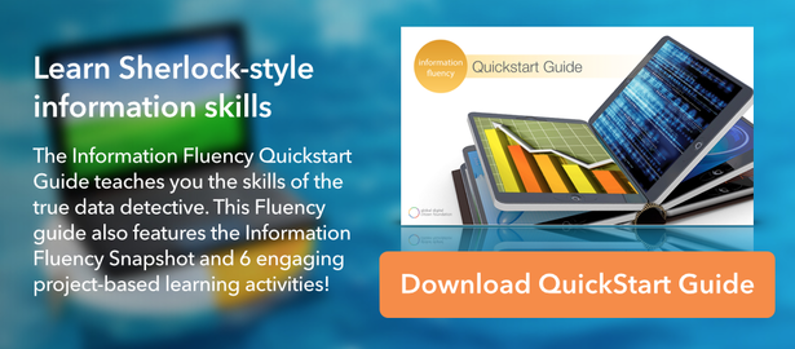EdTech Implementation: What it Will and Won't Do for Your Classroom
Advances in technology have brought about many benefits to the educational industry. With the benefits, though, have come a few drawbacks. In fact, teachers often find themselves very confused in regards to which technologies they should bring into their classrooms.
Education technology—commonly referred to as edtech—has several myths teachers need to be aware of in order to make sure they are providing their students with the best learning environments. Let's take a look at four myths about edtech implementation as well as a few tips on using this type of technology the correct way.
Myth #1: Edtech implementation is replacing teachers
No real teacher with a true passion for learning can be replaced by a machine. So instead of teachers viewing edtech from a teacher vs. technology standpoint, they should learn how to use it in a teacher with technology manner. Technology can undeniably improve the overall classroom experience, especially when students use mobile devices to answer questions that teachers can view in real time.
From class discussions to online research, edtech enhances the teacher-student relationship, as well as student-to-student relationships. Never should the technology be viewed as a form of replacement for teaching. It can supplement the teaching process, but should not replace it.
Myth #2: Edtech will eliminate the need for face-to-face teaching
Not all students learn well via an online platform. While some people may believe edtech implementation will eventually eliminate the need for face-to-face teaching, this simply isn't realistic. Connection, in this case, doesn't need to lead to disconnect.
Teachers will always be needed to work in schools and learning facilities, especially for teaching classes that cannot be taught through the Internet. Such examples of these classes are those related to:
- Skills-based professions
- Apprenticeship courses
- Many medical classes
Myth #3: Edtech tools are always beneficial to the classroom
Just like any type of technology, there are pros and cons. When it comes to the educational industry, it is particularly important to be aware of the cons. technology can sometimes end up being mishandled. This is why it is so important to understand that just because a certain edtech tool looks cool and useful doesn't mean it has the students' best interest at heart. With this in mind, teachers and parents alike should conduct research on the edtech implementation taking place in their classrooms to make sure all underlying costs are well understood.
Myth #4: Access to edtech implementation equals opportunity
Unfortunately, this isn't necessarily true. Just because students have access to technology in the classroom does not mean it will enhance their learning experiences. In fact, a study discussed in an article found on Medium found that computers at a local library only provided improved learning for children who had the knowledge to use the devices. The other children who were lacking in knowledge and guidance on how to use the computers simply used them as a substitute for TVs and game consoles.
Bringing edtech into your classroom can greatly enhance the knowledge you are able to share with your students, but you must make sure you are providing them with the guidance they need to properly use this type of technology. This means you will need to spend many hours researching the tools you want to use in the classroom as well as make sure you are well-trained in how to teach the students to use them.

